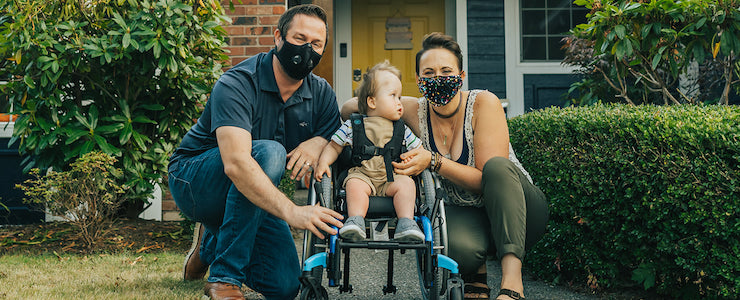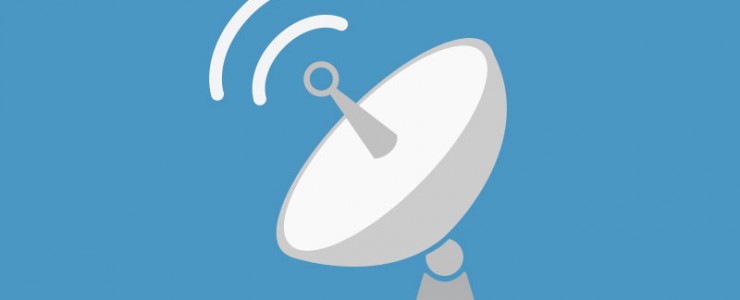
by Whitney Stohr
My family spent the beginning of the COVID-19 pandemic isolated in a small, high-rise apartment in downtown Auburn. We sat with eyes glued to the news, our browsers permanently open on our computer screens. Every morning, we would check infection and fatality rates.
As a “Medical Family,” our two-year-old son Malachi is medically complex and falls into the high-risk category of those most vulnerable to the health impacts of COVID-19. Every few days, I would look at my husband and begin to vocalize the question on both our minds.
“But, what if —”
“Don’t. We can’t think about that.”
We both knew the question: What if we both get sick?
We also knew the answer. Or rather, the fact that neither of us had an answer. We acted early to protect ourselves. We began working from home. We canceled meetings, appointments and family outings. We had groceries delivered. Non-urgent mail was “quarantined” just inside our doorway for no less than a week prior to opening.
Even though our son requires 24-hour care, we made the decision to suspend home nursing. This meant that, in addition to working full-time jobs, we also became full-time caregivers. We began working, sleeping and caring for Malachi in shifts so that someone was always awake with him, day and night.
We did everything “right,” but still that question lingered in our minds. “What if we both get sick?”
Soon, Malachi’s service providers also began reaching out, reminding families to create plans for alternative care. For families like mine, that is easier said than done.
The hard truth is that there are few people who can provide the care my son requires. There are few places he can go. Malachi requires specialized, skilled nursing by someone with a high-level understanding of his medical equipment. And yet, we still needed a plan. Just in case.
We discussed emergency preparedness on three levels:
1. Medical Supplies
We assumed the national stockpile of some items would reach critical lows. We took steps to extend the life of single-use supplies, sanitizing and reusing items when possible. We found alternatives online. We inventoried every item so nothing would be overlooked.
2. Medical Care
We made a list of all the people who could care for our son, and we discussed what to do in different situations. What if one of us tests positive? What if one (or both) of us is exposed? Where will we isolate? How will we ensure 24-hour care for Malachi if only one of us can provide care? Who are we willing to bring into our home to help? What if Malachi gets sick?
3. Medical Contingency Plan
We discussed worst-case scenarios. What if we both get sick and are hospitalized? What if one, or both of us, dies? Who do we charge with the care of our son?
Is our family’s emergency preparedness perfect? Absolutely not. We have plans, but we made them knowing that even our best plans are still imperfect ones.
It is impossible to foresee every outcome that may arise in an emergency. What we *must* do is take time to consider the important questions and create the best possible plan with the information we have in front of us.
 About Whitney Stohr
About Whitney Stohr
I am a mom and medical caregiver to my two-year-old son Malachi, who was born with Spina Bifida and congenital heart defects. We currently live in south King County. Follow Malachi’s journey on Instagram at @rollin.w.spinabifida.
Learn More
Families of children with disabilities and other complex medical needs can find information about emergency preparedness at the Seattle Children’s Center for Children with Special Needs.





